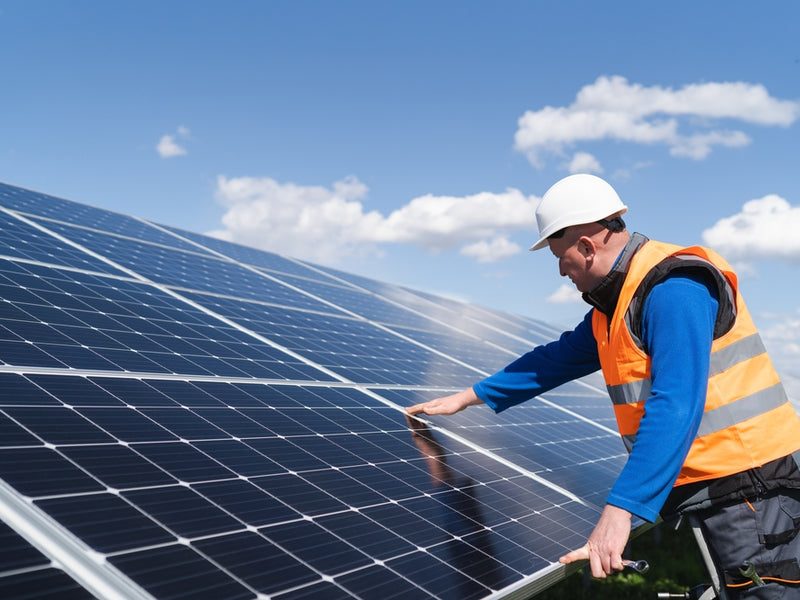https://solarquarter.com/2022/12/22/energy-storage-among-key-strategies-for-renewable-integration-in-india-says-sp-global/
Energy Storage Among Key Strategies for Renewable Integration in India, Says S&P Global
Reading Time: 3 minutes
India’s new capacity additions to 2050 will be more than 80% from renewable energy sources. These sources have high seasonal and daily variability. Due to the intermittent nature and high seasonality of solar and wind, there is high supply variability. This drives the state and national policies to increase renewable supply, build operational reserves, improve system flexibility, and to create energy storage.
Short-term, the policy focus is on operating pumped storage projects in construction or at late stages of development to create operational reserves. The pipeline for battery energy storage systems is being constructed through competitive tenders. Execution times could vary from 1 to 1.5 years. With more tenders being offered for both standalone and collocated projects, battery storage projects will continue to grow. These are requested by SECI as well as other state utilities such as Gujarat, Maharashtra, Kerala, UP and Karnataka.
PSP capacity will dominate energy storage additions in the short-term due to better economics, local resources, and local capabilities. In the long term, however, BESS additions will outgrow PSP capacity by 2030. The falling capex requirements and competitive pricing in tenders will support battery growth.
Over 30 GW of pumped storage and other battery storage projects are in the pipeline across India. The majority of the pumped storage pipeline is managed by the state governments. However, private investments made by companies like Greenko Group or JSW Energy have further strengthened the pipeline with a mixture of corporate and state consumers. Renewable developers and diversified utilities are expanding their reach to this new sector of private investment in the energy storage segment.
The majority of storage tenders are hybrid and include collocated renewables. These storage requirements can be used to meet peak demand, or provide firm renewable supply. The standalone storage tariff, which is about $120/MWh, is more than twice the price of the collocated tenders (under $50/MWh), but these projects have different applications and add value to the system. They are also competitive with other sources for flexibility.
S&P Global estimates that a standalone battery project in India can yield project returns up to 12% in an optimistic scenario. However, these estimates are sensitive to initial investment requirements, augmentation cycles, contract duration, and revenue streams available. Long-term PPAs offer the best chance of earning sustainable revenues. Although there will be more arbitrage revenue opportunities in the long-term, as wholesale prices rise due to solar power increasing, this can only happen in the short term.






